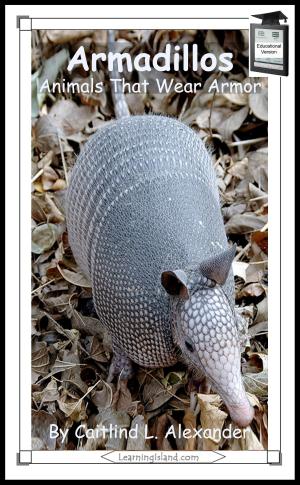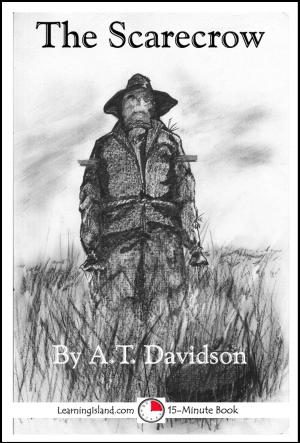| Author: | Caitlind L. Alexander | ISBN: | 9781310580055 |
| Publisher: | LearningIsland.com | Publication: | January 18, 2015 |
| Imprint: | Smashwords Edition | Language: | English |
| Author: | Caitlind L. Alexander |
| ISBN: | 9781310580055 |
| Publisher: | LearningIsland.com |
| Publication: | January 18, 2015 |
| Imprint: | Smashwords Edition |
| Language: | English |
Lions are big cats. They have tawny fur. Tawny means yellowish brown in color.
Some lions have white fur on their stomachs and some lions have tawny fur on their stomachs.
There are also a few lions that are all white.
Lions also have a long tail. Their tail ends in a ball of fur. Scientists call the ball a tuft. The tuft on most lions is black.
Learn what a lion looks like, where it lives, what it eats, who are their enemies, how babies are born, and other fun facts.
Ages 7 - 10
Reading Level 3.8
All measurements in American and metric.
Educational versions include exercises designed to meet Common Core standards.
LearningIsland.com believes in the value of children practicing reading for 15 minutes every day. Our 15-Minute Books give children lots of fun, exciting choices to read, from classic stories, to mysteries, to books of knowledge. Many books are appropriate for hi-lo readers. Open the world of reading to a child by having them read for 15 minutes a day.
Lions are big cats. They have tawny fur. Tawny means yellowish brown in color.
Some lions have white fur on their stomachs and some lions have tawny fur on their stomachs.
There are also a few lions that are all white.
Lions also have a long tail. Their tail ends in a ball of fur. Scientists call the ball a tuft. The tuft on most lions is black.
Learn what a lion looks like, where it lives, what it eats, who are their enemies, how babies are born, and other fun facts.
Ages 7 - 10
Reading Level 3.8
All measurements in American and metric.
Educational versions include exercises designed to meet Common Core standards.
LearningIsland.com believes in the value of children practicing reading for 15 minutes every day. Our 15-Minute Books give children lots of fun, exciting choices to read, from classic stories, to mysteries, to books of knowledge. Many books are appropriate for hi-lo readers. Open the world of reading to a child by having them read for 15 minutes a day.















